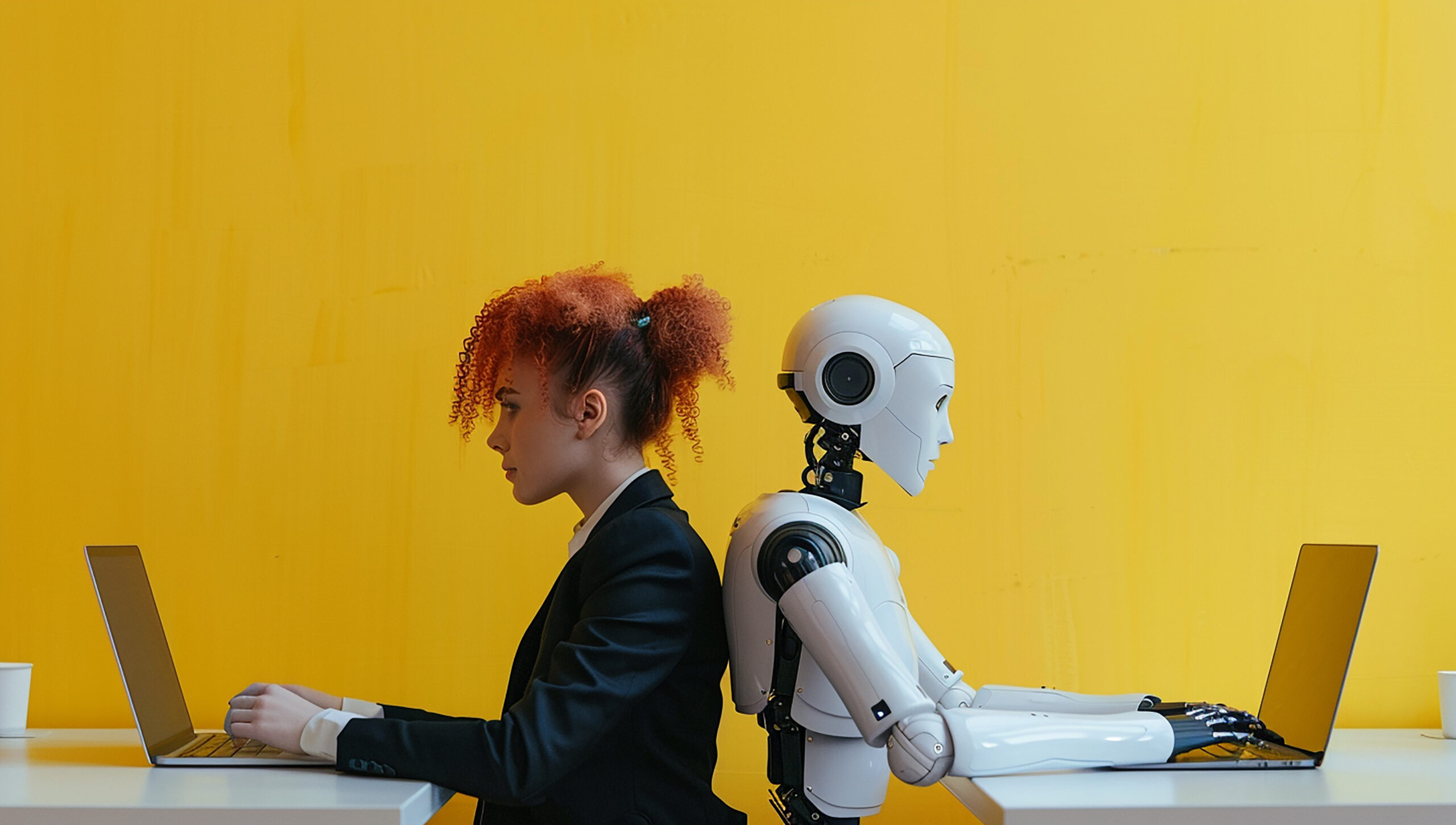Matt Gilbert on how L&D can help with onboarding and reboarding in a remote world.
First impressions count in business, and many companies right now are being faced with the challenge of creating a positive first impression both for new employees and the wider workforce who may be returning to work this month after a prolonged period of furlough – all without the ability to meet face to face.
With working from home looking likely to continue to be the norm for most businesses for the foreseeable future, businesses are having to reconsider the suitability and efficacy of established onboarding and reboarding processes in this newly remote world.
Traditional methods of providing a warm welcome for staff such as team lunches, office floor tours and carefully prepared workstations are all no longer an option – but why does this matter so much?
If you think back to your first day on any new job, or first day back after a period of prolonged absence, it’s likely that how you felt on the day about your role and the company was largely impacted by the people you met and the social interactions you had.
In a world of remote working, the lack of human contact and interaction in the first critical days and weeks of joining or re-joining a workforce can leave people feeling disengaged, unmotivated and confused about their role, something which can be harmful to the business.
A personalised training programme that considers the needs, challenges and concerns of the employee can go a long way towards making a good first impression
With this in mind, it’s more important than ever that companies are reviewing their onboarding and reboarding structures and processes to ensure they are fit for purpose. Central to this is the creation of the right employee learning and development programme and, in this new world of remote working, digital learning and development programmes in particular.
An excellent L&D programme has the power to inspire, engage and motivate staff remotely as they join or return to work, making their first impressions of a business positive ones.
Here are three ways that businesses can harness the power of digital L&D to bring their workforce together during these exceptional times:
Make it personal
It may not be possible to provide a personal, warm, face-to-face greeting for staff right now, but a personalised training programme that considers the needs, challenges and concerns of the employee can go a long way towards making a good first impression.
A digital L&D programme that takes into account different ways of learning, the physical environment employees may be learning in and the varied pace of learning is likely to yield the greatest results.
In addition to creating a positive experience for employees, a personalised training programme delivered across multiple digital platforms and at the point of need can also help businesses increase agility in an ever-changing landscape.
Establish a shared culture
Fortunately, these days company culture is acknowledged as being about so much more than after-work drinks, social activities or flexible hours. Instead it’s something that is built into the core of a business, reflected in its vision, mission and values and, most importantly, its actions.
It’s likely that the culture of a company may be one of the things that attracted staff to a business in the first place, so it’s vital that this culture is brought to life within learning and development programmes.
Training modules on diversity and inclusivity, workplace wellbeing, sustainability and unconscious bias are just some examples of ways in which a company’s values and purpose will be communicated to employees via L&D.
Equally, for those returning to work after furlough, refresher training modules designed to address specific concerns and anxieties and re-engage people with a positive workplace culture can help create a sense of unity, even when working apart.
This is particularly relevant for younger employees, new to the world of work and still developing their professional selves. Traditionally they will have learnt a lot from being immersed in the work environment, hearing and seeing how colleagues conduct themselves and how they interpret company strategy and information into their everyday practical working lives.
A tremendous amount of this opportunity has been lost due to remote working, but this can be compensated for with digital learning, creating simulated real-life scenarios, made available for everyone to experience.
Make it engaging
It’s undoubtedly a worrying time for both businesses and employees right now, but that doesn’t mean L&D can’t be both informative and even fun. Digital learning presents the opportunity to play with different formats, multi-channel content and bite size training modules that can all make the experience more enjoyable and the content more memorable.
Many businesses are starting to introduce elements of gamification in their L&D programmes, or even VR or AR technology to create greater engagement with training modules and encourage a workplace culture that embraces continuous learning and development.
As one of the few business critical areas that touches every aspect of a company, L&D has the ability to set the tone for communications with employees from day one. And with budget restrictions currently in place across many businesses, eLearning can offer the ability to deliver training at scale cost effectively and flexibly.
As we continue to navigate uncertain territory during the global pandemic, a bespoke digital L&D programme can help businesses stand out in the crowd and create an all-important positive first impression for staff.
About the article
Matt Gilbert is strategy director at creative digital learning agency Fenturi




